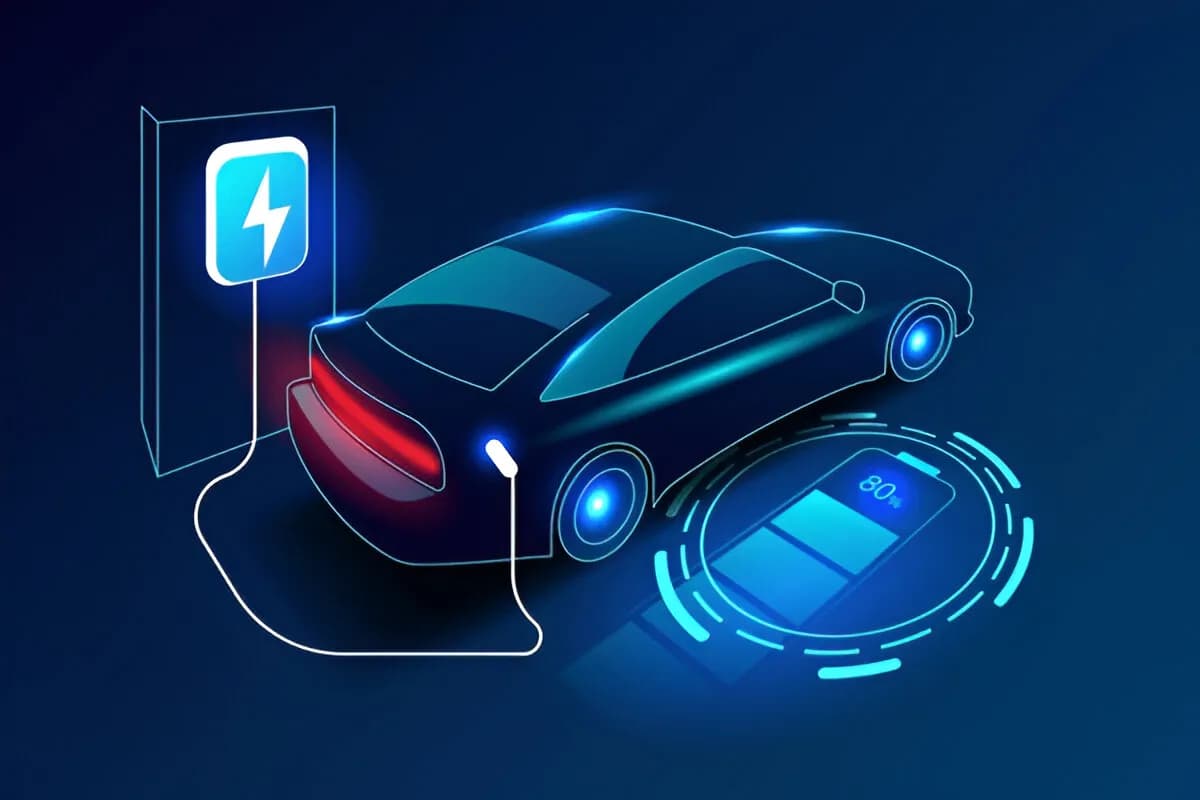Loading News Article...
We're loading the full news article for you. This includes the article content, images, author information, and related articles.
We're loading the full news article for you. This includes the article content, images, author information, and related articles.
The electric vehicle revolution is here, and it’s changing the way we think about driving. This article takes a look at the latest EV technology, from longer-range batteries and faster charging to advanced driver-assist systems.

The global electric vehicle (EV) market is moving at breakneck speed. Every few months, we’re seeing groundbreaking new models, cutting-edge battery tech, and even cars that feel like they’ve jumped out of a sci-fi movie.
Here’s what’s making headlines globally:
Tesla is redefining performance with the Roadster and futuristic Cybertruck.
Volkswagen’s ID.4 and Hyundai’s Ioniq 5 are making EVs accessible for the everyday driver.
Luxury brands like Mercedes-Benz EQS and Porsche Taycan are setting new standards for tech and design.
Disruptive newcomers like Rivian and Lucid Motors are challenging the old guard with next-level range and innovation.
These aren’t just electric engines slapped onto traditional cars. Modern EVs come with:
Longer battery range—more kilometers on a single charge
Ultra-fast charging—minutes instead of hours
Over-the-air software updates—your car keeps getting better over time
Advanced driver-assist systems—safer, smoother rides
Africa may still be in the early chapters of the EV story, but there’s a real buzz on the streets—especially in Kenya and South Africa. These countries are showing serious promise in the EV space, with growing adoption rates and a clear appetite for cleaner transport.
One bright spot:
Kenya has begun assembling electric motorcycles locally, slashing costs and building momentum from the ground up.
In many African cities, motorcycles and tuk-tuks (three-wheelers) rule the roads. These vehicles:
Make EVs more affordable for the average person
Are easier to charge using simple infrastructure
Help reduce noise and air pollution in urban centers
Despite the growing excitement, some key hurdles remain:
Limited charging stations – Especially outside major cities
High upfront costs – Even with savings on fuel
Low awareness – Many people still don’t know the benefits of EVs
Policy gaps – Few incentives compared to Europe or the U.S.
As battery prices drop and more companies enter the market, EVs will become more accessible. But governments also have a role to play—through:
Incentives and tax breaks
Investing in charging infrastructure
Partnering with private sector innovators
If Kenya and other African nations stay the course, the continent could leapfrog into a sustainable transport era that benefits both people and the planet.
The EV revolution isn’t just about fancy cars—it’s about mobility, sustainability, and access. Whether it’s a Tesla gliding silently down a California highway or an e-motorbike weaving through Nairobi traffic, one thing is clear:
Electric is the future. Africa is ready.
Keep the conversation in one place—threads here stay linked to the story and in the forums.
Other hot threads
E-sports and Gaming Community in Kenya
Active 6 months ago
Popular Recreational Activities Across Counties
Active 6 months ago
Investing in Youth Sports Development Programs
Active 6 months ago
The Role of Technology in Modern Agriculture (AgriTech)
Active 6 months ago